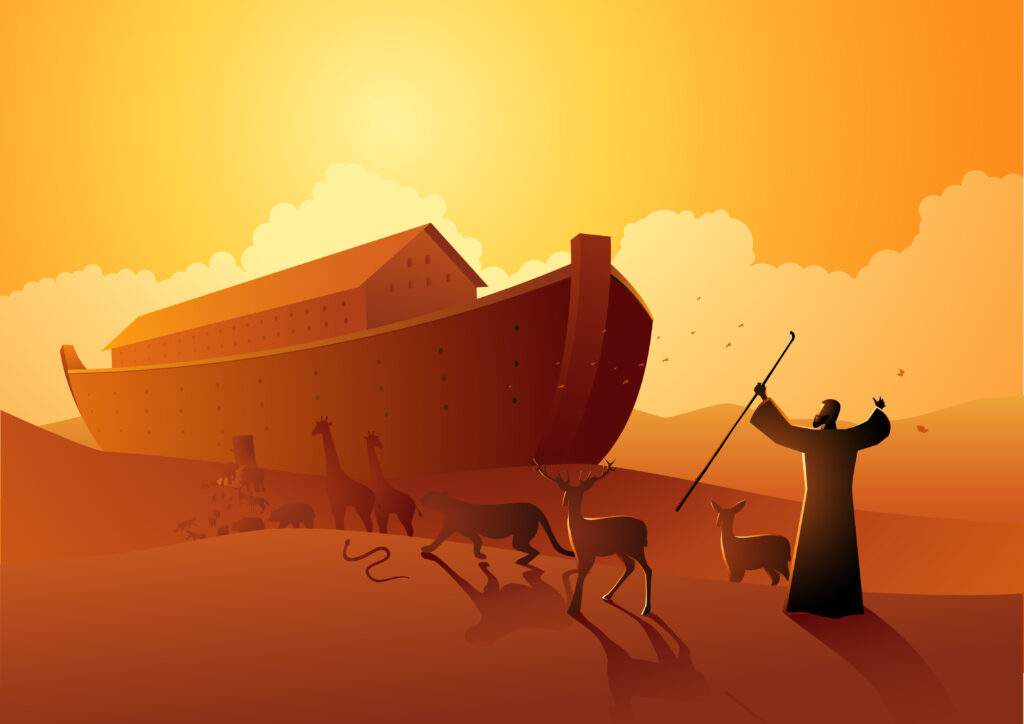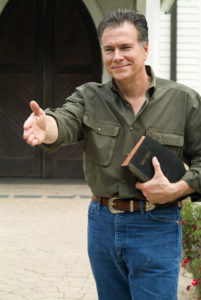
I have always loved the word antediluvian. It sounds fancy and kind of dramatic. It simply means, “the time before the Flood.” After the Flood was over and they were saved, Noah and his family must have constantly organized their memories into two camps: before the Flood and after. There must have been a sense on their part that the time before the Flood was old, outdated, intrinsically bad and out of touch with God. “The Lord saw that the wickedness of man was great in the earth, and that every intention of the thoughts of his heart was only evil continually,” the Bible says of those antediluvian days (Genesis 6:5). All that horrible stuff was behind them. The Flood had literally washed all of that away, and life after the Flood would never be like it was ever again. Noah‘s family had a new start, a fresh beginning, a chance to live for the Lord with love in their hearts for him. “And God blessed Noah and his sons and said to them, ‘Be fruitful and multiply and fill the earth.’” The sons of Noah who went forth from the ark were Shem, Ham, and Japheth. (Ham was the father of Canaan.) These three were the sons of Noah, and from these the people of the whole earth were dispersed” (Genesis 9:1, 18, 19).
St. Peter later reminds us of this major event and makes a connection to other events in time: “God’s patience waited in the days of Noah, while the ark was being prepared, in which a few, that is, eight persons, were brought safely through water. Baptism, which corresponds to this, now saves you, not as a removal of dirt from the body but as an appeal to God for a good conscience, through the resurrection of Jesus Christ” (1 Peter 3:20-21). The Flood is like the washing we receive in Baptism. The Flood is like the new life we receive through the Resurrection.
Before our baptism, we are drowning in sin, but after we are safe. Before the Resurrection, we are dead in our sins, but after we are alive in Christ to live forever. What was before is no more. A new world opens up daily for us through Baptism, through Resurrection, through Christ. The Flood reminds us of that.










